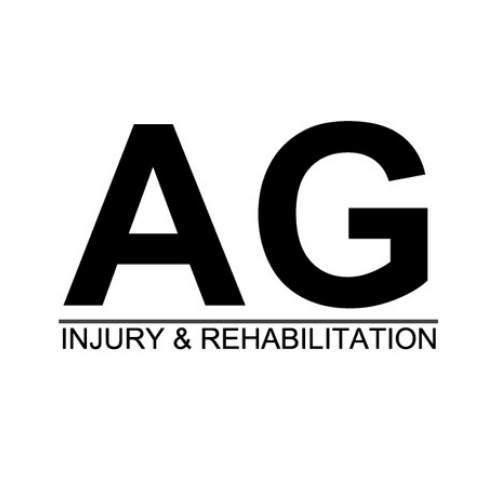The majority of us will experience an acute episode of lower back pain in our lifetimes. The vast majority of these cases will resolve within a few weeks with the correct management and exercises.
There can be various triggers for the pain, some know, some unknown. Perhaps you recently took a long car journey, or re-arranged the lounge or kitchen. Maybe you decided you wanted to get fit again and hit the gym like you did 10 years ago. Sometimes the pain can come on for no apparent reason.
Your lumbar spine is made up of 5 strong vertebrae, separated with soft discs that sit between each space and several layers of muscle and soft tissue. All of these structures work together and give your back strength and flexibility, allowing your back to be the strongest part of your body.
Acute lower back pain is usually caused by excess stresses and strains being placed upon these tissues. As your lower back is essential to all movements in your body, pain in this area can often feel more severe than elsewhere.
The natural healing time for these structures is 4-6 weeks, and exercise is a key element to this. You will probably notice a tendency to stiffen up quickly, and immobility will make you stiffer and weaker.
So find yourself lying for short periods, sitting for short periods and walking for short periods. Be a fidget and move every 20 minutes!
As well as exercise and movement, ensuring comfortable efficient positions to sit, sleep and work in is essential to allowing your back to recovery from an acute episode of pain.
Our spines have evolved to work best in certain positions. For example, if you sit slumped for long periods, your muscles will eventually fatigue and may become uncomfortable, so it is advisable to sit with your upper back supported and a slight arch in your lower back. More importantly though, remember to get up and move about!
Your physiotherapist may also suggest taking some anti-inflammatories or painkillers to help you through this initial period. This can help to prevent you developing abnormal postures, which may hinder your recovery. Check with your doctor first, if you are unsure which medications you can take.
Once the initial pain begins to ease a little, you need to increase your movement with gentle exercises. These will be given to you by a physiotherapist.
Eventually these exercises need to be progressed to become more challenging and most people will benefit from starting a regular general exercise routine such as running, swimming or cycling.
Alternatively, you can purchase one of our lower back rehabilitation programmes below, full of information about how best to get rid of your pain, become more active and get back to doing what you love to do!
